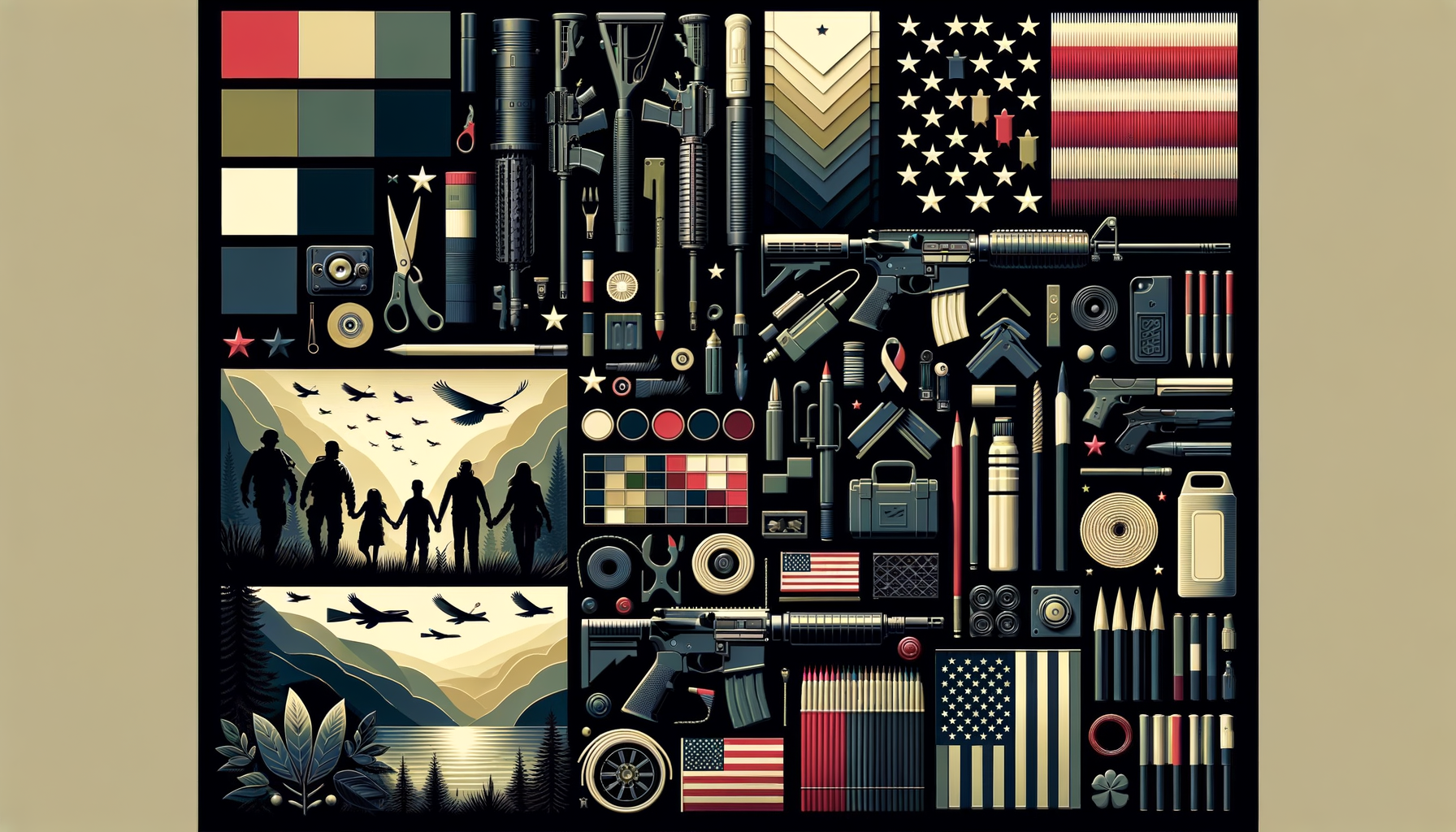Reactive Targets for Fun and Skill Building: A Guide to Making Range Time Engaging

Reactive Targets for Fun and Skill Building
Spending time at the shooting range is a rewarding experience, whether you’re honing your marksmanship or simply enjoying the process. Reactive targets offer a dynamic way to make your range time engaging and more productive. By incorporating these interactive tools, shooters of all experience levels can improve their skills while enjoying a more immersive and stimulating range visit.
What Are Reactive Targets?
Reactive targets are designed to provide immediate feedback upon being hit. Unlike traditional paper targets, reactive options create a visual or auditory response, ensuring shooters can instantly see where their rounds land. This real-time feedback reinforces accuracy and makes practice more satisfying.
Common types of reactive targets include:
- Steel Targets: Produce a loud, satisfying ding when struck, helping shooters confirm a hit even at long distances.
- Spinning or Resetting Targets: These add an element of challenge, requiring consistent accuracy to keep their motion going.
- Exploding Targets: Specifically designed to create bursts of smoke or loud pops, adding excitement to long-range shooting.
- Gel or Reactive Splatter Targets: Highlight the point of impact with bright colors for easy visibility.
Each type offers unique benefits, allowing you to customize your range time based on specific goals and preferences.
Why Use Reactive Targets?
Reactive targets add more than just excitement to your training sessions. Below are some key advantages:
- Immediate Feedback: Knowing exactly where your shot landed helps identify areas for growth and improve faster.
- Enhanced Focus: The interactive nature of these targets keeps practice enjoyable, avoiding monotony.
- Skill-Building Applications: Use reactive targets to train for speed, precision, and accuracy across a variety of shooting disciplines.
- Variable Engagement: Whether shooting for recreation or preparing for competitive events, reactive targets add variety that challenges multiple skills.
Setting up Your Range for Reactive Targets
Integrating reactive targets into your range setup doesn’t have to be complicated or expensive. Here’s how you can get started:
- Choose the Right Materials: Ensure your targets are designed for the caliber you’ll be shooting. Steel targets, for example, should be made from AR500 or AR550 grade steel for safety and durability.
- Observe Safe Distances: Always refer to the manufacturer’s recommendations on the safe shooting distance to avoid ricochets or target damage.
- Anchor Your Targets: Keep your reactive targets stable using proper mounts or stands. Movement or instability can lead to poor performance and unsafe conditions.
- Mix It Up: Add a variety of target styles and positions to simulate real-world scenarios. For example, consider alternating between stationary steel, spinning, and pop-up targets.
Safety is paramount when setting up, so always double-check your placements and surroundings before firing.
Tips to Maximize Fun and Improve Skills
Shooting reactive targets can become more than a casual activity when approached with a mindset of practice and improvement. Follow these tips to take your range time to the next level:
- Create Friendly Competitions: If shooting with friends or family, turn practice into a friendly challenge. Compete for the quickest hits or most accurate shots within a set number of rounds.
- Track Progress: Note your performance over time, focusing on reaction times, accuracy, and consistency. Having tangible improvement metrics can immensely boost morale.
- Practice Under Pressure: Use timed drills with reactive targets to simulate real-world scenarios where quick decision-making is essential.
- Incorporate Movement: Add physical activity by engaging targets from different stances or while moving. This diversifies skills in dynamic shooting environments.
- Switch Up Distances: Challenge yourself by mixing up your distances. Practice firing at both close and long ranges to build versatility.
By adding a strategic framework to your range visits, shooting becomes both rewarding and highly educational.
Products and DIY Options to Consider
While professionally manufactured reactive targets are a reliable investment, building your own targets can be a cost-effective and creative alternative. Here’s a quick comparison:
Store-Bought Reactive Targets:
- High-grade steel and durable products designed to last.
- Professional precision ensures consistent feedback.
- Safety-tested and compliant with shooting-range standards.
DIY Projects:
- Use wood, metal, or recycled materials to create personalized targets.
- Paint old steel plates with fluorescent paint for better visibility.
- Repurpose water jugs or cans as one-time-use targets for solo practice.
Remember, safety is critical when designing your own targets. Verify that your DIY creations can absorb impacts without fragmenting in unsafe ways.
Maintaining Your Targets for Longevity
Regular maintenance will ensure the durability and safety of your reactive targets. Here’s what to do:
- Inspect for Damage: Check for signs of wear, dents, or cracks that could affect performance.
- Clean After Use: Remove residue, paint flakes, or rust after each session.
- Reapply Paint: For steel targets, repaint them frequently to maintain visibility.
- Store Properly: Keep targets dry and shielded from extreme weather to prevent corrosion.
By following these simple practices, you can ensure that your investment in reactive targets pays off for years to come.
Conclusion: Elevate Your Range Experience
Reactive targets bring both fun and purpose to range time. Whether you’re a beginner eager to improve accuracy, an experienced shooter preparing for dynamic scenarios, or just someone looking to make practice more engaging, reactive targets are an excellent addition to your routine. They combine challenge, instant feedback, and variety, transforming a simple range day into an unforgettable session.
Explore your options, prioritize safety, and embrace the opportunity to elevate your firearm skills. Remember: the more enjoyable the practice, the greater the results.



